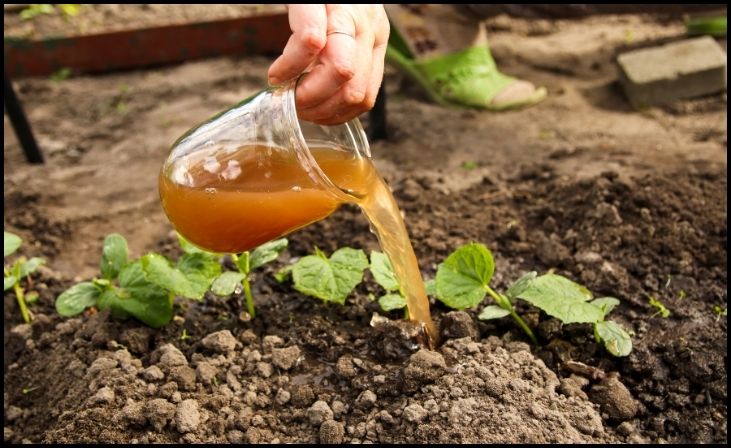Spring is the perfect time to prepare your garden for a season of vibrant growth and beautiful blooms. With the right tasks, you can ensure your garden is healthy, productive, and visually appealing. Here are ten essential spring gardening tasks you should do right now to get your garden in top shape.
Clean Up

Start by cleaning up your garden beds, removing any debris, dead leaves, or weeds that may have accumulated over the winter months. This will help prepare the soil for new growth and prevent pests and diseases. Cleaning up creates a fresh slate for your plants and ensures that any potential problems from the previous season are eliminated, giving your garden the best possible start.
Prune
Take this time to prune any shrubs, trees, or perennial plants that have become overgrown or damaged during the winter. Pruning encourages healthy growth and helps maintain the shape and structure of your plants. Proper pruning also allows for better air circulation and light penetration, which can reduce the risk of disease and promote vigorous blooming.
Divide Perennials
If you have perennial plants that have outgrown their space or become overcrowded, now is the perfect time to divide them. This will help rejuvenate the plants and promote better flowering. Dividing perennials can also prevent competition for nutrients and water, ensuring each plant has enough resources to thrive.
Soil Preparation
Prepare your garden soil for planting by adding compost or organic matter to improve its structure and fertility. This will provide essential nutrients for your plants and help retain moisture in the soil. Good soil preparation is the foundation of a successful garden, as it supports root development and overall plant health.
Plant Cool-Season Vegetables

Take advantage of the cooler temperatures of early spring to plant cool-season vegetables such as lettuce, spinach, peas, and carrots. These crops thrive in the milder weather and can be harvested in a few weeks. Planting these vegetables early ensures you can enjoy fresh, homegrown produce before the summer heat sets in.
Start Seeds Indoors
Begin sowing seeds indoors for warm-season vegetables and annual flowers that require a longer growing season. This will give them a head start before transplanting them into the garden once the weather warms up. Starting seeds indoors allows you to extend the growing season and ensures your plants are strong and well-established when they are moved outside.
Inspect for Pests and Diseases
Take the time to inspect your garden for any signs of pests or diseases. Early detection allows for prompt treatment, preventing further damage to your plants. Regular inspections help you stay ahead of potential problems, ensuring your garden remains healthy and productive throughout the growing season.
Mulch
Apply a layer of mulch to your garden beds to help conserve moisture, suppress weeds, and regulate soil temperature. Mulching also adds organic matter to the soil as it breaks down over time. A good mulch layer protects your plants and enhances the overall health of your garden by improving soil conditions.
Fertilize

Feed your plants with a balanced fertilizer to provide them with essential nutrients for healthy growth. Choose a fertilizer formulation that is appropriate for the specific needs of your plants, whether they are flowering, fruiting, or leafy vegetables. Proper fertilization supports robust growth and maximizes the productivity of your garden.
Plan and Design
Use this time to plan and design your garden layout for the upcoming season. Consider factors such as sunlight exposure, soil quality, and plant compatibility to create a cohesive and visually appealing garden space. Thoughtful planning ensures that your garden not only looks beautiful but also functions efficiently, providing a satisfying gardening experience.




